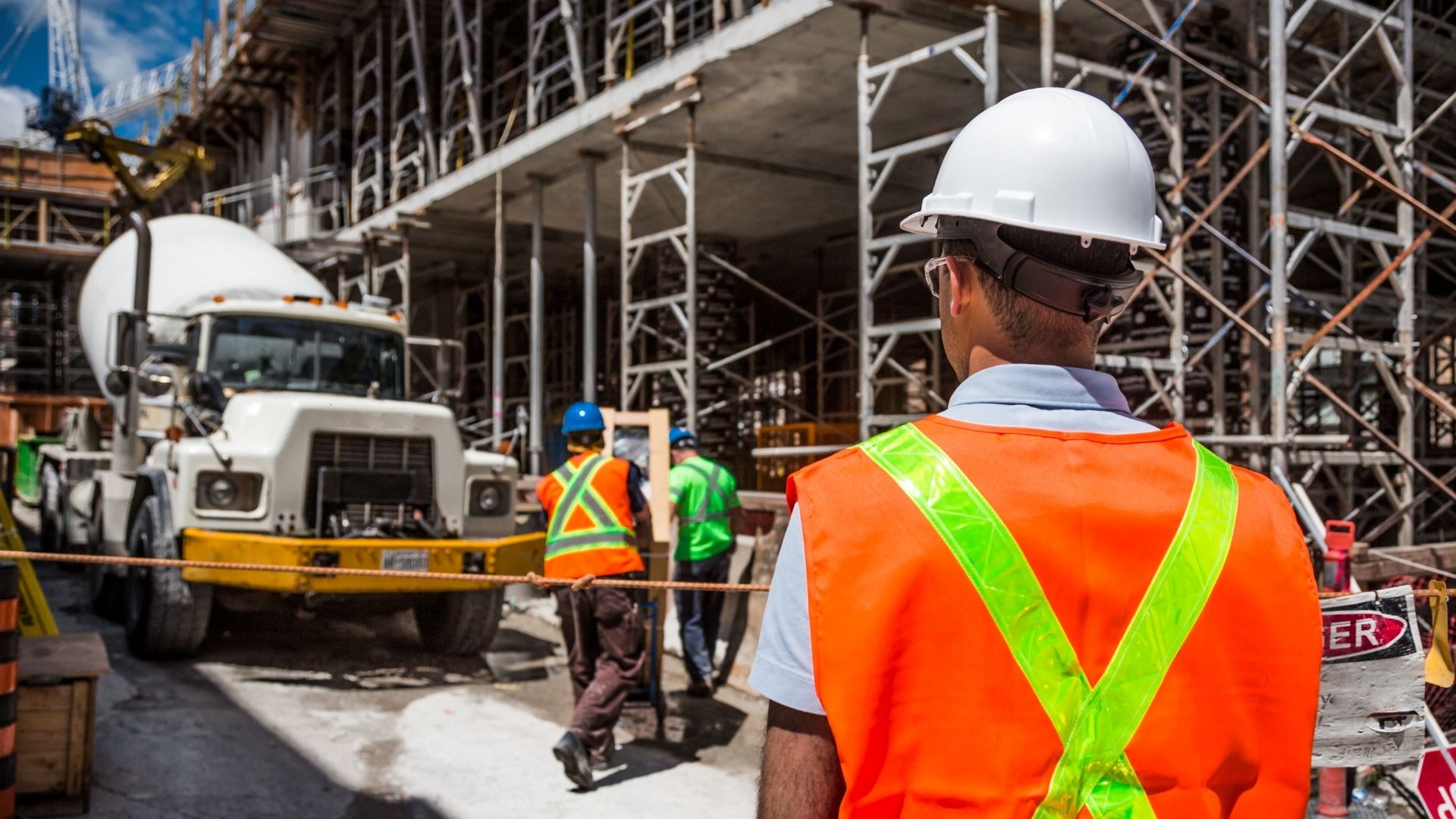
How Sales Teams Can Improve Win Rates on Competitive Tenders
Winning competitive tenders in the construction sector requires more than just accurate pricing—it demands a strategic approach that blends technology, relationship-building, and market intelligence. Today, digital solutions like Building Radar are transforming how sales teams access and act on tender opportunities. By offering real-time insights into global construction projects, sales professionals can focus on high-value opportunities and increase their chances of success.
The rise of AI in construction tendering is further shaping how companies prepare their bids. Teams that adopt tools enabling early project detection and automated qualification processes are gaining an edge over competitors. This shift is not only improving efficiency but also helping firms secure a higher share of public and private tenders, where speed and intelligence matter most.
Why Tender Win Rates Matter in Construction
For sales teams, tender opportunities represent both risks and rewards. Public tenders, construction bids, and framework contracts are often highly competitive, with dozens of companies vying for the same project. The difference between winning and losing often comes down to preparation, data-driven targeting, and how well sales teams understand the client’s needs.
In construction, where project cycles are long and margins are tight, improving the bid-to-win ratio is a critical measure of success. Companies that consistently win more tenders not only grow their revenue but also build stronger reputations and long-term client trust.
The Challenges of Competing on Construction Tenders
- Intense Competition – With platforms like Glenigan, Construo, and Ibau providing access to tender information, competitors often see the same opportunities.
- Limited Resources – Many teams waste time preparing bids for projects they have little chance of winning.
- Information Gaps – Missing early signals on tenders can put companies at a disadvantage when competitors are already ahead.
- Compliance and Documentation – Meeting strict tender requirements requires time, expertise, and attention to detail.
Early Insights as a Key to Success
Sales teams that identify projects at the earliest possible stage can influence decision-makers before tenders are even published. Early insights allow companies to position themselves as trusted advisors rather than last-minute bidders.
This is where Building Radar’s construction project database plays a crucial role. With over 45 search filters and AI-powered alerts, sales teams can track opportunities globally and tailor their outreach. Instead of chasing every open tender, they can focus on projects that align with their strengths.
Building Stronger Bid Strategies
Winning tenders is not just about writing proposals—it’s about strategy. Successful teams often adopt the following approaches:
- Qualification First: Using AI tools to evaluate whether a project is worth pursuing.
- Tailored Proposals: Crafting responses that align with client needs rather than using generic templates.
- Competitor Tracking: Monitoring who else is bidding and how they are positioning themselves.
- Relationship Building: Developing strong ties with contractors and procurement officers early.
Resources like Thornton & Lowe’s tender strategy insights emphasize the importance of storytelling and demonstrating added value in every proposal.
Technology and AI in Tendering
Digital transformation has reached the tendering process. From AI-driven proposal templates to predictive analytics, technology is reducing manual work and improving accuracy. Sales teams using AI gain:
- Faster access to tender notices.
- Automated document generation.
- Insights into procurement trends.
- Competitive benchmarking.
Platforms like Oracle Construction Engineering show how AI is already integrated into tendering and project management processes.
The Role of Competitor Tracking
Monitoring competitor activity is a game-changer. If a sales team knows who else is bidding and what their past win rates look like, they can adjust their pricing, messaging, and bid strategy accordingly.
This aligns with competitive analysis tools in construction that highlight market shifts and competitor behaviors. Building Radar enhances this with real-time updates on project stakeholders, helping sales teams anticipate moves and stay ahead.
Building Radar’s Contribution to Tender Success
Building Radar offers more than just data—it empowers sales teams to transform how they approach tenders:
- AI-powered early project identification for a first-mover advantage.
- Seamless CRM integration with Salesforce, HubSpot, and Microsoft Dynamics.
- Outreach templates and adaptive scripts to streamline communication.
- Global project coverage to expand market reach.
- Enterprise reporting to uncover hidden opportunities.
For sales professionals aiming to improve win rates, Building Radar reduces wasted time on low-probability bids and maximizes success on high-potential tenders.
Shaping the Future of Tendering with AI and Insights
The construction industry is entering a new era where data and intelligence drive tender outcomes. Sales teams that embrace AI, adopt proactive tracking, and refine their bidding strategies are positioned to thrive in this environment.
Building Radar is at the forefront of this shift, offering AI-driven tools that not only detect projects earlier but also help teams navigate tender complexity with confidence. By combining automation with actionable insights, it ensures that companies don’t just participate in tenders—they win them.
Relevant Resources
- Building Radar Official Website
- Building Radar Features
- Building Radar Construction Projects
- Building Radar Tenders
- Building Radar Reference Customers
- Building Radar Insights
- Building Radar Revenue Potential Calculator



.jpg)